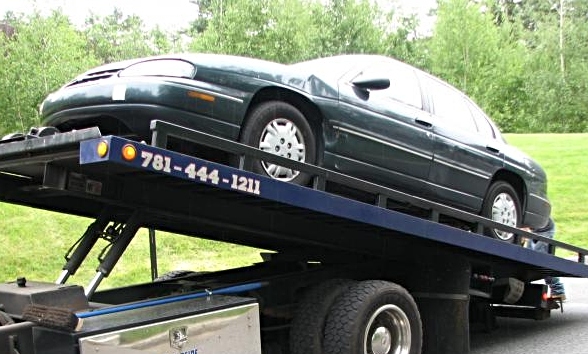
While not the leading cause of road accidents in the UK – that dubious honour goes to people speeding and not wearing seat belts – brake failure is a factor in some accidents.
According to statistics from the Department for Transport, there were 3,894 crashes between 2013 and 2019 wherein brake defects were a contributing factor.
In 2019 alone, there were 15 fatalities linked to faulty brakes. While this is a small proportion of the total accidents in the country, the number is still significant and preventable with proper brake maintenance.
Analysis of brake-related MOT failure reveals that problems with brakes account for 17% of MOT fails.
While this is not as many as fails caused by non-working headlights, indicators and reflectors (25.5%), it does show that brake issues are clearly a problem.
1.88% of heavy goods vehicles failed their annual test in 2021 because of service brake performance, which might have led to an accident if not detected.
In 2016, a serious accident involving a tipper truck that led to the death of four people, including a four-year-old girl, was found to have been caused by brake failure.
Within private cars, older models tend to be over-represented, indicating that brake wear is a key issue.
Disc brakes in particular are prone to gradual degradation of performance if not serviced regularly.
Common Brake Defects
The most common brake defects implicated in accidents are brake fade, ABS failures, fluid leaks, and mechanical issues like stuck calipers.
Brake fade happens when the brakes overheat from extended use, decreasing stopping power.
The anti-lock braking system can also malfunction, reducing control and increasing stopping distance.
Hydraulic leaks reduce fluid pressure applied to brakes, while mechanical binding inhibits full brake clamping force.
All these failure modes can occur slowly over time or suddenly without warning.
What Causes Brake Defects?
Underlying these defects are two main factors – lack of maintenance and component failure.
Regular brake inspections, fluid flushes, pad replacements, and overhauls decrease the likelihood of failure dramatically.
But wear and tear along with unexpected part breakage can also cause safety issues. Typical maintenance intervals recommended are:
• Brake fluid flush – 2 years
• Brake pad replacement – 30,000 to 60,000 miles
• Full brake service – 60,000 miles
More frequent servicing may be required for vehicles under severe use like taxis or haulage trucks.
But a large proportion of light vehicles on the roads are not maintained adequately as per guidelines.
Owner ignorance and cost considerations often lead to delayed repair or maintenance work.
MOT Testing Rules
Enforcing stricter MOT testing rules has been one countermeasure adopted by the government.
All private vehicles over 3 years old require an annual MOT certificate for roadworthiness.
This mandated check scrutinises brake condition and performance to catch defects. But low frequency of testing means that emerging issues may still be missed in between tests.
Expanding testing frequency further may help, but needs to be balanced against additional costs and effort.
Better Public Awareness
Public awareness campaigns can also make brake system health and maintenance a priority for vehicle owners.
Highlighting the risks of brake failure and accidents can motivate drivers to be proactive about upkeep.
Subsidies and financial incentives on brake repairs and parts replacement may encourage compliance further.
Braking Technology
In recent years, advanced driver assistance systems and autonomous emergency braking have also proven effective at reducing accidents, and a brake servo for different cars makes braking easier.
These technologies detect impending collisions earlier and engage brakes faster than human drivers.
Wider proliferation through regulation and consumer education could curb brake-related accidents specifically.
Finally, improvements to brake design, materials, and diagnostics systems help enhance safety.
Modern disc brakes outperform older drum types thanks to better cooling and pad friction.
If you want to learn more about the difference between drum brakes and disc brakes – autodoc.co.uk has a useful resource.
New polymers used in brake pads improve performance and durability. And built-in sensors can provide early warning of issues before total failure occurs.
Updating fleet vehicles to such improved brake systems via financial subsidies and government partnerships with automakers can hasten progress.
Brake-related accidents arise from a combination of maintenance neglect, component failure, and lack of emergency assist features.
Progress has been made in recent years but the problem persists, especially among older private cars.
Maintaining your vehicle’s brake system does require some effort and cost, but is worthwhile for the huge safety benefits accrued.
(pic for display only – under creative commons by Katharine Sparrow)

















Recent Comments